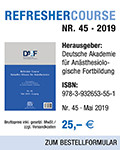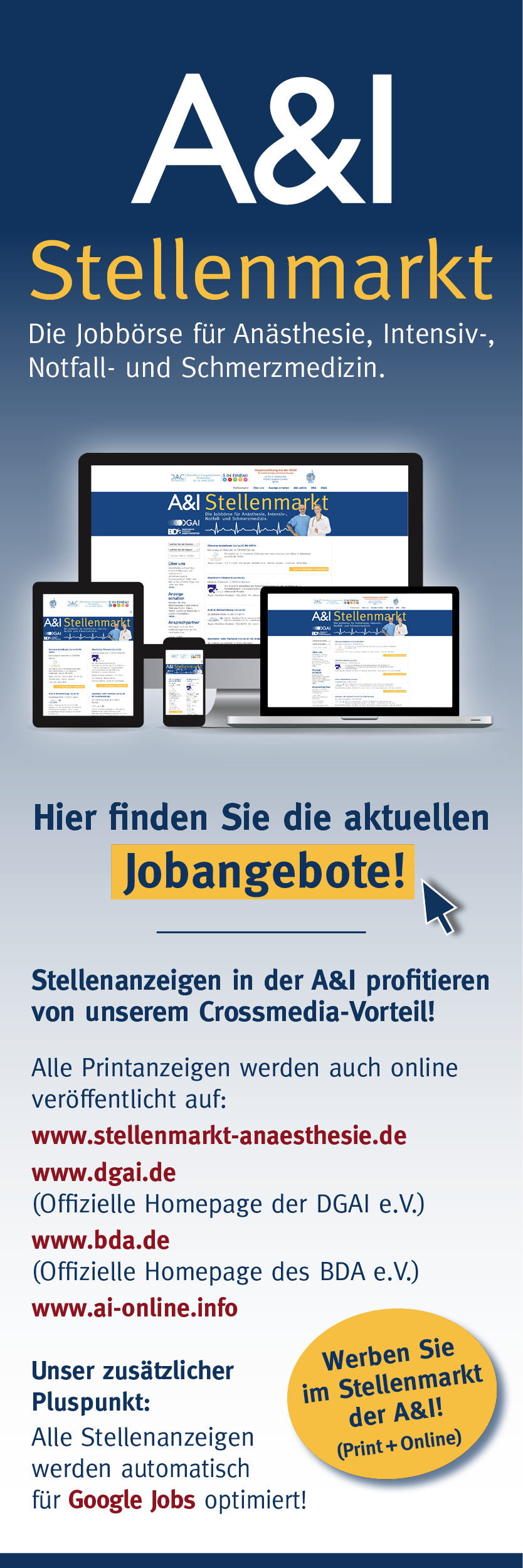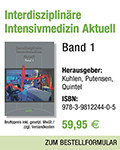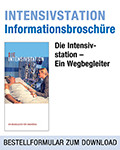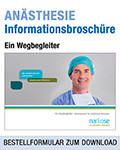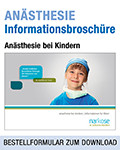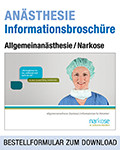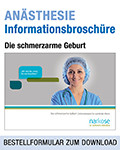Berufspolitik
T. Laux, H. Kawach, H. Möck, D. Dietrich, C. Madler
Die Anästhesieambulanz in DRG-Zeiten
Outpatient anaesthesia in the DRG period
Central coding of secondary diagnoses – a new task
Schlüsselwörter
Diagnosis Related Groups (DRGs), Qualitätskontrolle, Anästhesieambulanz, präoperative Untersuchung, Kodierung
Keywords
Diagnosis Related Groups (DRGs), Quality Control, Anaesthesia Department Hospital, Preoperative Care, Coding
Zusammenfassung
Zusammenfassung: Mit der Einführung des DRG-Systems zur Krankenhaus-Abrechnung in Deutschland werden Nebendiagnosen erheblich an Bedeutung gewinnen. Über eine Erhöhung des patientenbezoge-nen Komplikations- und Komorbiditätslevels können die Erlöse erheblich beeinflußt werden.
Die Kodierung wird in Deutschland ärztliche Aufgabe sein, die Erfassung von Nebendiagnosen gehört ohnehin zu den Aufgaben des Anästhesisten bei der präoperativen Untersuchung. Entgeltrelevante Prozeßabläufe werden am besten zentral organisiert und überwacht. Im Westpfalz-Klinikum Kaiserslautern wurde daher die Kodierung von Nebendiagnosen durch den Anäs-thesisten bei der Prämedikation eingeführt.Für dieses Projekt waren eine organisatorische Umstrukturierung, personelle Aufstockung, Beschaffung von Kodierhilfen und ein laufendes Qualitätsmanagement erforderlich. Inzwischen sind sowohl die Anzahl von Nebendiagnosen pro Fall gestiegen als auch die Anzahl von Fällen ohne Nebendiagnose gesunken. Durch die zentrale Erfassung der Nebendiagnosen kann bei nicht adäquater Kodierung entsprechend an zentraler Stelle eingeschritten werden.Wegen der fehlenden deutschen Bewertungsrelationen und DRG-Gruppen kann noch keine Aussage über die Bewertung der erfaßten Nebendiagnosen gemacht werden. Sobald die Wertigkeit der Nebendiagnosen feststeht, wird zur Erzielung eines entsprechenden Entgelts fall- und prozedurengebunden verschlüsselt werden müssen. Die Verschlüsselung in Papierform und ”Hitlisten” häufiger Diagnosen werden abgelöst werden durch die direkte Eingabe der Daten in das Klinikinformationssystem und die dortige Kontrolle der Entgeltrelevanz der Daten. Die Einführung der Kodierrichtlinien wurde durch die zentrale Erfassung von Nebendiagnosen in der Anästhesieambulanz erleichtert.Insgesamt hat unsere Anästhesieambulanz eine Aufwertung erfahren und wird zunehmend zur Schaltstelle des perioperativen Managements.
Summary
Summary: The implementation of Diagnosis Related Groups (DRGs) for hospital billing will make docu-mentation of secondary diagnoses increasingly impor-tant. Better documentation of patient complications and comorbidity levels can increase revenues consider-ably. Documentation will be a physician task in Germany, recording secondary diagnoses is part of the anaesthetists preoperative routine already. Information relevant for billing is best recorded and con-trolled centrally.As anaesthetists must see all patients before surgery,the registration of secondary diagnoses has been added to anaesthetists tasks in the West-pfalzklinikum Kaiserslautern. This required an increase of staff, acquisition of coding aids and imple-mentation of continuous quality management. Meanwhile, the number of secondary diagnoses recorded per case has increased while the number of cases recorded without secondary dignoses has decrea-sed.Inadequate coding is therefore easily recognizable through the centralized collection of data. As the DRGs have not been finally determined in Germany,a definite assessment of the collected data quality is not yet possible. As soon as the rating of the secondary diagnoses has been concluded, cases and procedures will have to be encoded for reimbursement. Manual coding on paper and the use of ”hitlists” for frequent diagnoses will be replaced by entering data directly in the hospitals´ electronic information system and a cen-tralized control of information pertinent to reimburse-ment. Implementation of DRGs in our hospital will greatly benefit from the central collection of data by the anaesthetists.Our preoperative anaesthetic day cli-nic has thus gained in importance and assumed a cen-tral position in perioperative management.
